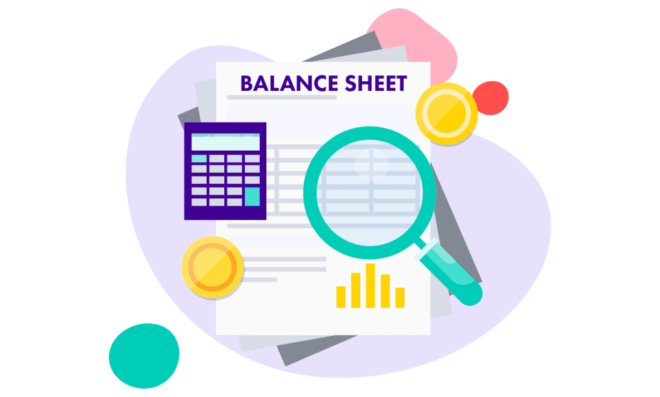![]()
Balance Sheet Liabilities
Balance Sheet Liabilities are classified on the balance sheet as current or long-term based on their maturity date. Current liabilities are debts that are due within one year, while long-term liabilities are debts that are due more than one year from the balance sheet date.
The following are some examples of current liabilities:
1. Accounts payable:
This is the money owed to suppliers for goods or services that have been purchased on credit.
2. Accrued expenses:
This is the money owed for expenses that have been incurred but not yet paid, such as salaries, wages, and taxes.
3. Notes payable:
This is money borrowed from a bank or other lender that is due within one year.
4. Current portion of long-term debt:
This pertains to the segment of a long-term debt that is anticipated to be resolved within a one-year timeframe.
5. Bonds payable:
This is money borrowed from investors by issuing bonds. Bonds have maturity date of more than one year.
6. Mortgage payable:
This is a loan secured by real estate. Mortgages typically have a maturity date of more than one year.
7. Deferred tax liabilities:
This is the amount of taxes that a company owes but has not yet paid. Deferred tax liabilities are typically due more than one year from the balance sheet date.
The classification of liabilities as current or long-term is important for several reasons. First, it helps users of the financial statements to assess the company’s liquidity. Liquidity is the ability of company to meet its short-term financial obligations.
A company with a high level of current liabilities may have difficulty meeting its short-term obligations, which could lead to financial problems.
Second, the classification of liabilities as current or long-term affects the calculation of certain financial ratios.
For example, the current ratio is a liquidity ratio that compares current assets to current liabilities. A high current ratio indicates that a company has a good ability to meet its short-term obligations.
Finally, the classification of liabilities as current or long-term affects the amount of taxes that a company pays.
Companies are allowed to deduct the interest expense on their long-term liabilities from their taxable income. This deduction can save companies a significant amount of money in taxes.
To visit: https://www.mca.gov.in/

For further details access our website: https://vibrantfinserv.com
